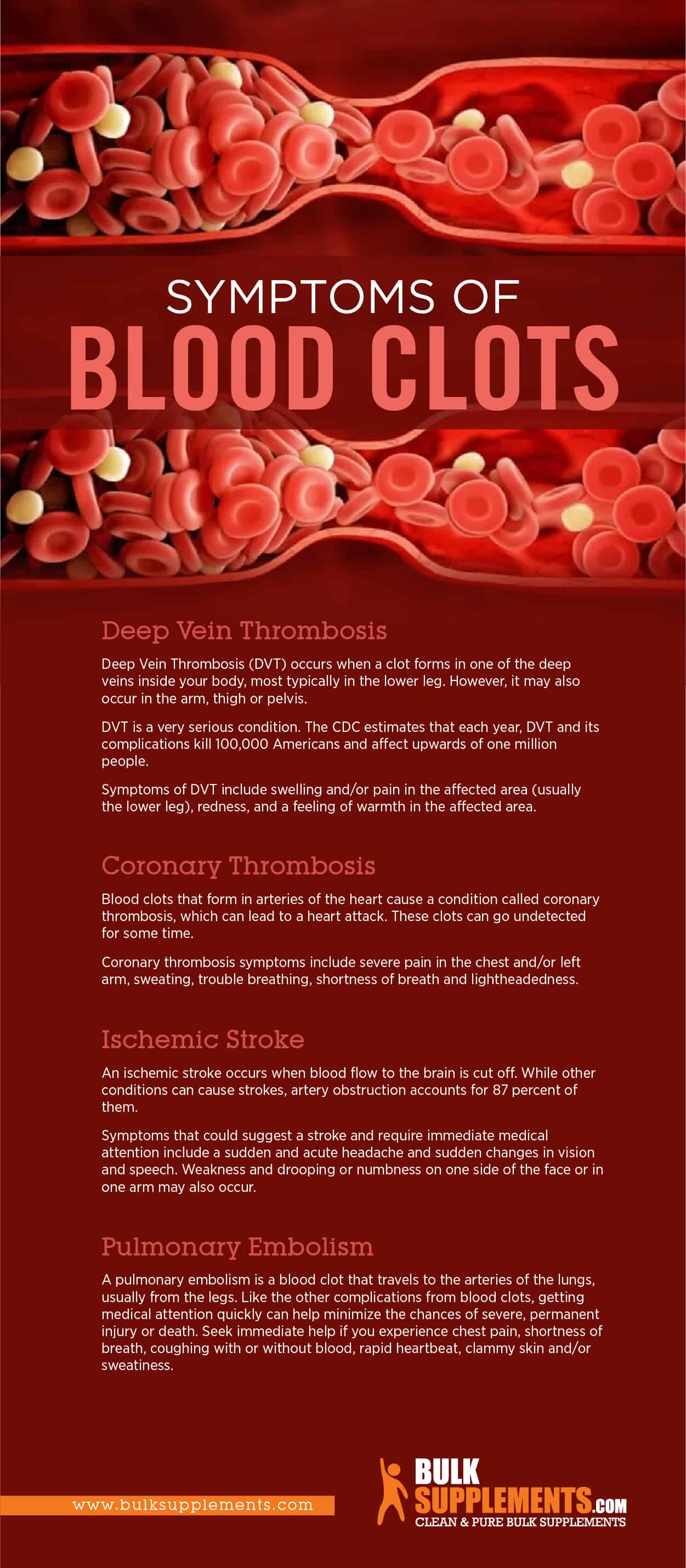Can a blood clot cause leg pain. Deep Vein Thrombosis (DVT): Symptoms, Causes, and Treatment of Blood Clots in Legs
What are the symptoms of deep vein thrombosis. How is DVT diagnosed and treated. Who is at risk for developing blood clots in the legs. When should you seek medical attention for leg pain and swelling. What complications can arise from untreated DVT.
Understanding Deep Vein Thrombosis (DVT)
Deep vein thrombosis (DVT) is a serious medical condition that occurs when a blood clot forms in a deep vein, most commonly in the legs. While blood clotting is a normal bodily function that helps prevent excessive bleeding from injuries, clots that form inappropriately can pose significant health risks.
DVT primarily affects the large veins in the lower leg and thigh. If a clot breaks free and travels through the bloodstream to the lungs, it can cause a life-threatening condition called pulmonary embolism. Understanding the symptoms, risk factors, and treatment options for DVT is crucial for early detection and prevention of complications.

Recognizing the Symptoms of DVT
Identifying the signs of deep vein thrombosis early can be lifesaving. Common symptoms include:
- Swelling in one or both legs
- Pain or tenderness in the affected leg
- Warm skin in the area of the clot
- Red or discolored skin
- Visible surface veins
- Leg fatigue
It’s important to note that some people with DVT may not experience any symptoms at all. This is why awareness of risk factors and regular check-ups are crucial, especially for those at higher risk.
When to Seek Medical Attention
If you experience sudden swelling, pain, or warmth in your leg, especially if accompanied by shortness of breath or chest pain, seek immediate medical attention. These could be signs of DVT or a pulmonary embolism, which requires urgent evaluation and treatment.
Risk Factors for Developing DVT
Several factors can increase your risk of developing deep vein thrombosis:
- Prolonged immobility (e.g., long flights, bed rest)
- Recent surgery or injury
- Obesity
- Smoking
- Pregnancy or recent childbirth
- Use of oral contraceptives or hormone replacement therapy
- Family history of blood clots
- Certain medical conditions (e.g., cancer, heart failure)
- Advanced age (over 60)
Understanding your risk factors can help you take proactive steps to prevent DVT and seek timely medical attention if symptoms arise.

Diagnosing Deep Vein Thrombosis
If DVT is suspected, healthcare providers use various methods to confirm the diagnosis:
- Physical examination
- Doppler ultrasound
- D-dimer blood test
- Venography
- CT or MRI scans
Early and accurate diagnosis is crucial for effective treatment and prevention of complications. How is DVT typically diagnosed? The most common initial test is a Doppler ultrasound, which uses sound waves to create images of blood flow in the veins. This non-invasive procedure can detect blockages or abnormal blood flow indicative of a clot.
Treatment Options for DVT
The primary goals of DVT treatment are to stop the clot from growing, prevent it from breaking loose, and reduce the risk of recurrence. Treatment options include:
Anticoagulants (Blood Thinners)
These medications prevent blood clots from growing larger and reduce the risk of additional clots forming. Common anticoagulants include:
- Heparin (for immediate treatment)
- Warfarin (for long-term management)
- Direct oral anticoagulants (DOACs) like rivaroxaban or apixaban
Thrombolytic Therapy
In severe cases, doctors may use thrombolytic drugs to dissolve large clots quickly. This treatment carries a higher risk of bleeding and is typically reserved for life-threatening situations.

Compression Stockings
These special stockings apply pressure to the legs, helping to reduce swelling and prevent blood from pooling and clotting.
Inferior Vena Cava (IVC) Filters
For patients who cannot take blood thinners, a filter may be placed in the large vein (inferior vena cava) to prevent clots from traveling to the lungs.
How long does DVT treatment typically last? The duration of treatment varies depending on the individual case, but most patients require anticoagulation therapy for at least 3-6 months. Some may need lifelong treatment to prevent recurrence.
Preventing Deep Vein Thrombosis
While not all cases of DVT can be prevented, there are several strategies to reduce your risk:
- Stay active and maintain a healthy weight
- Avoid sitting for long periods (e.g., during travel)
- Exercise regularly to improve circulation
- Stay hydrated
- Quit smoking
- Wear compression stockings if recommended by your doctor
- Follow your doctor’s advice on managing underlying health conditions
For those at high risk, such as patients undergoing major surgery, preventive measures may include early mobilization, compression devices, or prophylactic anticoagulation.
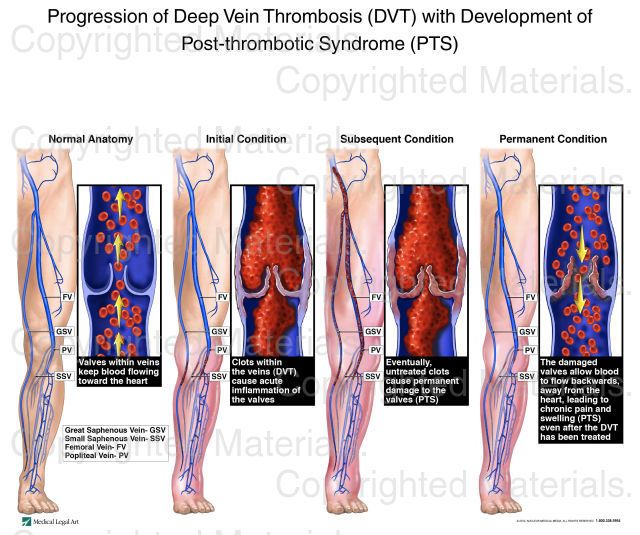
Complications of Untreated DVT
Left untreated, deep vein thrombosis can lead to serious complications:
Pulmonary Embolism
This life-threatening condition occurs when a blood clot breaks free and travels to the lungs, blocking blood flow. Symptoms include sudden shortness of breath, chest pain, and coughing up blood.
Post-thrombotic Syndrome
This chronic condition can develop months or years after DVT, causing persistent leg pain, swelling, and skin changes due to damage to the veins.
Chronic Venous Insufficiency
DVT can damage vein valves, leading to poor blood flow and chronic leg swelling, pain, and skin changes.
What percentage of DVT cases lead to pulmonary embolism? Studies suggest that approximately 1 in 10 people with DVT will develop a pulmonary embolism if left untreated, highlighting the importance of early detection and treatment.
Living with DVT: Long-term Management and Lifestyle Changes
After initial treatment for DVT, long-term management is crucial to prevent recurrence and manage potential complications:
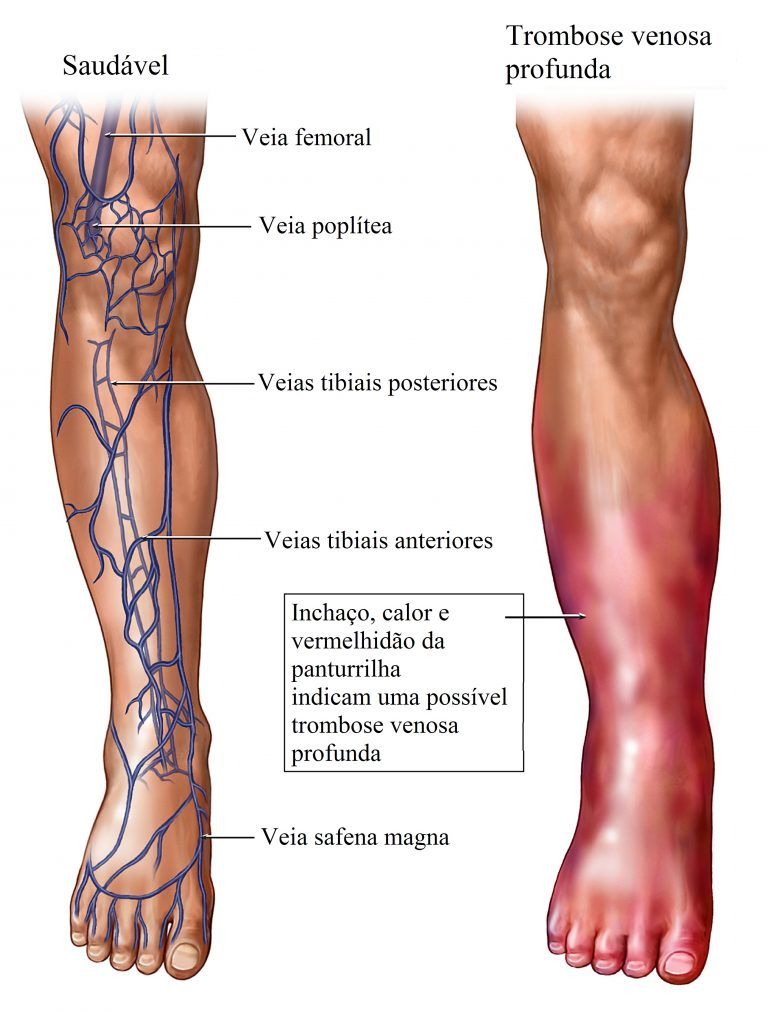
Ongoing Anticoagulation
Many patients require continued use of blood thinners, with regular monitoring to ensure proper dosage and effectiveness.
Regular Follow-ups
Scheduled appointments with healthcare providers help monitor recovery, adjust treatment as needed, and address any new symptoms or concerns.
Lifestyle Modifications
Adopting a healthier lifestyle can significantly reduce the risk of future clots:
- Maintain a balanced diet rich in fruits, vegetables, and whole grains
- Engage in regular physical activity as approved by your doctor
- Manage weight through healthy eating and exercise
- Stay hydrated, especially during long periods of inactivity
- Avoid smoking and excessive alcohol consumption
Compression Therapy
Continued use of compression stockings can help manage symptoms and reduce the risk of post-thrombotic syndrome.
How often should patients with a history of DVT have follow-up appointments? Initially, follow-ups may be frequent, possibly every few weeks. As the condition stabilizes, appointments may become less frequent, typically every 3-6 months or as recommended by the healthcare provider.

Emerging Treatments and Research in DVT Management
The field of DVT treatment is continuously evolving, with new therapies and approaches being developed:
Novel Oral Anticoagulants
Newer anticoagulants offer advantages such as fewer food and drug interactions and no need for regular blood monitoring. Research continues to refine these medications and explore their long-term effects.
Catheter-Directed Thrombolysis
This minimally invasive procedure delivers clot-dissolving drugs directly to the site of the thrombus, potentially reducing the risk of bleeding compared to systemic thrombolytic therapy.
Genetic Testing
Advances in genetic research may help identify individuals at higher risk for DVT, allowing for more personalized prevention strategies.
Improved Diagnostic Tools
Research is ongoing to develop more accurate and accessible diagnostic methods, including advanced imaging techniques and blood tests.
What are the latest advancements in DVT treatment? Recent studies have explored the use of direct oral anticoagulants for extended treatment periods, showing promise in reducing the risk of recurrent venous thromboembolism with a favorable safety profile compared to traditional therapies.

Special Considerations for DVT in Different Populations
Deep vein thrombosis can affect people of all ages and backgrounds, but certain groups require special consideration:
Pregnant Women
Pregnancy increases the risk of DVT due to hormonal changes and increased pressure on pelvic veins. Management requires careful consideration of medications safe for both mother and fetus.
Cancer Patients
Cancer and its treatments can significantly increase DVT risk. Management often involves a multidisciplinary approach, balancing cancer treatment with anticoagulation therapy.
Elderly Patients
Older adults may have multiple risk factors and comorbidities, requiring careful medication management and monitoring for potential side effects.
Athletes
While generally at lower risk, athletes can develop DVT due to injuries or long periods of travel. Early recognition and appropriate treatment are crucial for returning to sports safely.
How does DVT management differ in pregnant women compared to the general population? Pregnant women with DVT are typically treated with low-molecular-weight heparin, as it doesn’t cross the placenta. Treatment often continues for at least 6 weeks postpartum, with close monitoring throughout pregnancy and the postpartum period.

The Role of Interdisciplinary Care in DVT Management
Effective management of deep vein thrombosis often requires a collaborative approach involving various healthcare specialists:
- Vascular specialists
- Hematologists
- Primary care physicians
- Interventional radiologists
- Physical therapists
- Nutritionists
This interdisciplinary approach ensures comprehensive care, addressing not only the immediate treatment of DVT but also long-term management, prevention of complications, and overall patient well-being.
Patient Education and Support
An essential component of DVT management is patient education. Healthcare providers play a crucial role in:
- Educating patients about the signs and symptoms of DVT and pulmonary embolism
- Providing guidance on medication management and potential side effects
- Offering resources for lifestyle modifications and support groups
- Ensuring patients understand the importance of follow-up care and adherence to treatment plans
How can patients actively participate in their DVT management? Patients can take an active role by:
– Adhering to prescribed medications and treatment plans
– Reporting any new symptoms or concerns promptly
– Maintaining a healthy lifestyle as recommended by their healthcare team
– Keeping all follow-up appointments and participating in regular health screenings

The Future of DVT Prevention and Treatment
As research in vascular health continues to advance, the future of DVT prevention and treatment looks promising:
Personalized Medicine
Genetic testing and advanced diagnostics may lead to more tailored prevention strategies and treatment plans based on individual risk factors.
Improved Anticoagulants
Ongoing research aims to develop even safer and more effective blood thinners with fewer side effects and easier management.
Advanced Imaging Techniques
New imaging technologies may allow for earlier detection of DVT and more precise monitoring of treatment effectiveness.
Artificial Intelligence in Risk Assessment
AI algorithms could help identify patients at high risk for DVT, allowing for proactive prevention measures.
What potential breakthroughs are on the horizon for DVT treatment? Researchers are exploring novel therapies such as targeted nanoparticles that can deliver clot-busting drugs directly to the site of thrombosis, potentially offering more effective treatment with fewer systemic side effects.
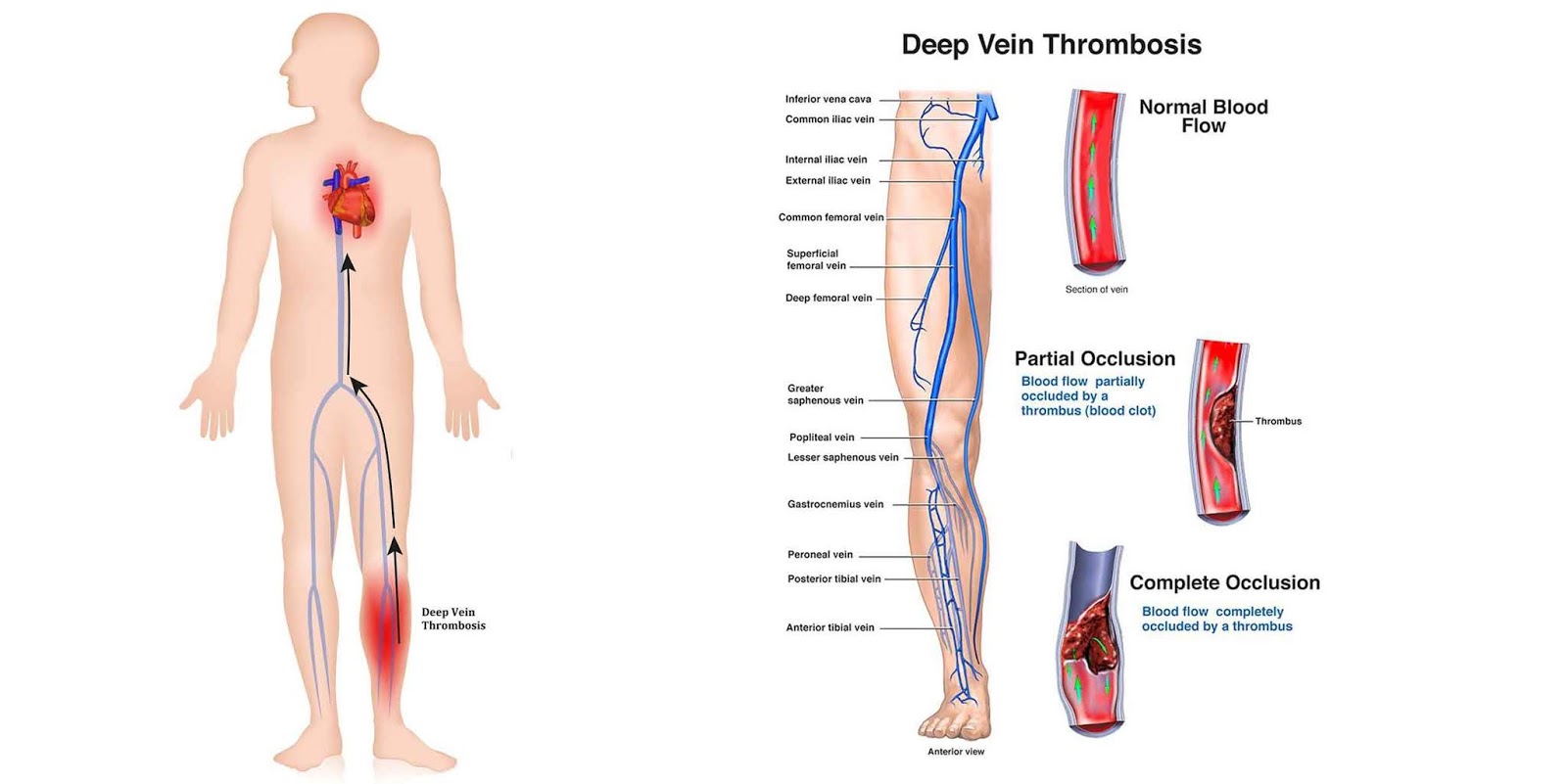
In conclusion, deep vein thrombosis remains a significant health concern, but with increased awareness, early detection, and advancements in treatment, outcomes continue to improve. By understanding the risks, recognizing the symptoms, and working closely with healthcare providers, individuals can take proactive steps to prevent DVT and manage it effectively if it occurs. As research progresses, we can look forward to even more sophisticated and personalized approaches to DVT prevention and treatment, ultimately reducing its impact on public health.
What Are the Symptoms of a Blood Clot & What Should I Do if I Have Them?
May 26, 2022 10:57 am Published by Magnolia Regional Health Center
You’ve probably heard about blood clots and how serious they can be, but what are the symptoms of a blood clot?
Blood clotting is a normal and necessary part of how the body functions. When one of the body’s blood vessels is damaged in some way, components in the blood work together to prevent excessive bleeding.
A blood clot (also called a thrombus) forms when platelets, a type of blood cell, and proteins found in plasma, which is the liquid part of blood, come together to form a shield over the injured blood vessel. This process is what stops you from bleeding excessively due to a cut.
While blood clotting is an important function of the body, at times blood clots can be dangerous.
When a Blood Clot Becomes a Health Hazard
When your body is functioning normally, blood clots will form and then dissolve on their own. But occasionally, a blood clot forms and doesn’t go away—or it travels to other parts of the body, blocking blood flow. When blood clots form in or travel to vital parts of the body such as the lungs, brain, heart or legs, it can be dangerous and even deadly.
But occasionally, a blood clot forms and doesn’t go away—or it travels to other parts of the body, blocking blood flow. When blood clots form in or travel to vital parts of the body such as the lungs, brain, heart or legs, it can be dangerous and even deadly.
There are multiple types of dangerous clots that you may be familiar with:
- Deep vein thrombosis (DVT) can occur in the deep veins found in the pelvis, arms or legs, but it primarily forms in a major vein in the legs. If a DVT moves from its original location and travels into the bloodstream, it can lead to a condition known as pulmonary embolism.
- Pulmonary embolism happens when a blood clot develops and travels through the bloodstream and into the lungs. A pulmonary embolism can damage the lungs and prevent other organs from getting the oxygen they need.
- Cerebral venous sinus thrombosis is a type of clot that forms in a part of the brain known as the venous sinuses.
 The venous sinuses are responsible for draining blood from the brain, so a clot can keep blood from draining adequately and lead to a stroke.
The venous sinuses are responsible for draining blood from the brain, so a clot can keep blood from draining adequately and lead to a stroke.
Clots can also cut off blood flow to the heart, lungs, kidneys and the abdomen.
Recognizing the Signs of a Blood Clot
It’s important to know the signs of blood clots and to seek medical attention if you experience them. Ignoring a blood clot or not receiving treatment promptly can lead to serious complications.
Symptoms of a blood clot vary depending on where the blood clot forms:
- Abdomen: stomach discomfort, nausea or vomiting
- Arm or leg: pain, swelling, tenderness and warmth that may occur gradually or suddenly
- Brain: stroke-like symptoms including weakness in the face, arms or legs, difficulty speaking, vision problems, sudden or severe headache, and dizziness
- Heart: heart attack symptoms, including chest pain, shortness of breath, pain radiating down the left arm, sweating, nausea or lightheadedness
- Lungs: sharp chest pain, coughing up blood, fever, shortness of breath
If you are experiencing any symptoms of a blood clot, it’s important to seek emergency medical attention. Medical providers can conduct tests, including bloodwork and imaging scans, to determine whether a blood clot is present and how it should be treated.
Medical providers can conduct tests, including bloodwork and imaging scans, to determine whether a blood clot is present and how it should be treated.
If you’re at high risk of blood clots due to your age or other factors such as immobility, smoking, a family history of blood clots, or medical conditions like high cholesterol or diabetes, talk with your provider about a plan for preventing blood clots, which may include regular screenings through Magnolia Heart & Vascular Center.
Interested in learning more about blood clots and symptoms you should watch for? Check out this blog.
Magnolia Heart and Lung—Alan Thomas, MD
611 Alcorn Drive, Suite 230
Corinth, MS 38834
(662) 287-5218
Tags: blood clots, cerebral venous sinus thrombosis, deep vein thrombosis, pulmonary embolism, thrombus
CardiologyCategorized in: Heart HealthCategorized in: News
This post was written by Magnolia Regional Health Center
Blood Clots: Risks and Treatments
Most of my patients know the signs of heart attack and stroke, but few know much about potentially fatal blood clots in the legs.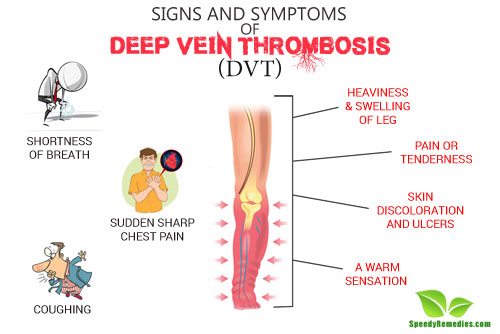
We call such clots deep vein thrombosis or “DVT”, and if one of these clots breaks away and settles in the lungs it can kill.
A DVT can be diagnosed with a simple sonogram and usually treated with a common blood thinner. But according to the Centers for Disease Control and Prevention (CDC), as many as 100,000 people in the United States die each year from pulmonary embolisms – blood clots in the lung – brought on by DVT.
I’m a vascular surgeon at Wake Forest Baptist’s Heart and Vascular Center, where I treat dozens of patients a year for clots in the legs, so I know it’s time for the public to understand common risk factors and the signs of this potentially fatal condition.
Risks and Signs of Deep Vein Thrombosis
The trouble is the signs are often subtle. Patients feel pain in their legs, either in their calves or thighs. But often they mistake the pain for a pulled muscle or a simple ache.
With DVT, the pain is almost always accompanied by swelling, usually in the calf and around the ankle. These symptoms, however, usually are cause for alarm only in people already at risk for blood clots.
These symptoms, however, usually are cause for alarm only in people already at risk for blood clots.
Those at risk include:
- Patients recovering from surgery
- Women taking birth control pills or hormone replacement therapy, especially smokers
- Some cancer patients
Obesity also increases the risk of clots by putting pressure on the veins. And some people are born with an imbalance in the clotting compounds in their blood that when combined with other risk factors greatly add to the chance of developing a clot.
DVT can occur at any age. As a vascular surgeon, I’ve treated teenagers and men and women well into their 80s. According to the CDC, between 300,000 and 600,000 Americans a year develop a blood clot in a leg or, in rare cases, in an arm.
So, if you have a risk factor for DVT and your leg hurts and swells, see your doctor immediately or go to the nearest emergency facility. A clot will show up on a sonogram and doctors can give you blood thinners that will prevent the clot from breaking up and lodging in the lungs.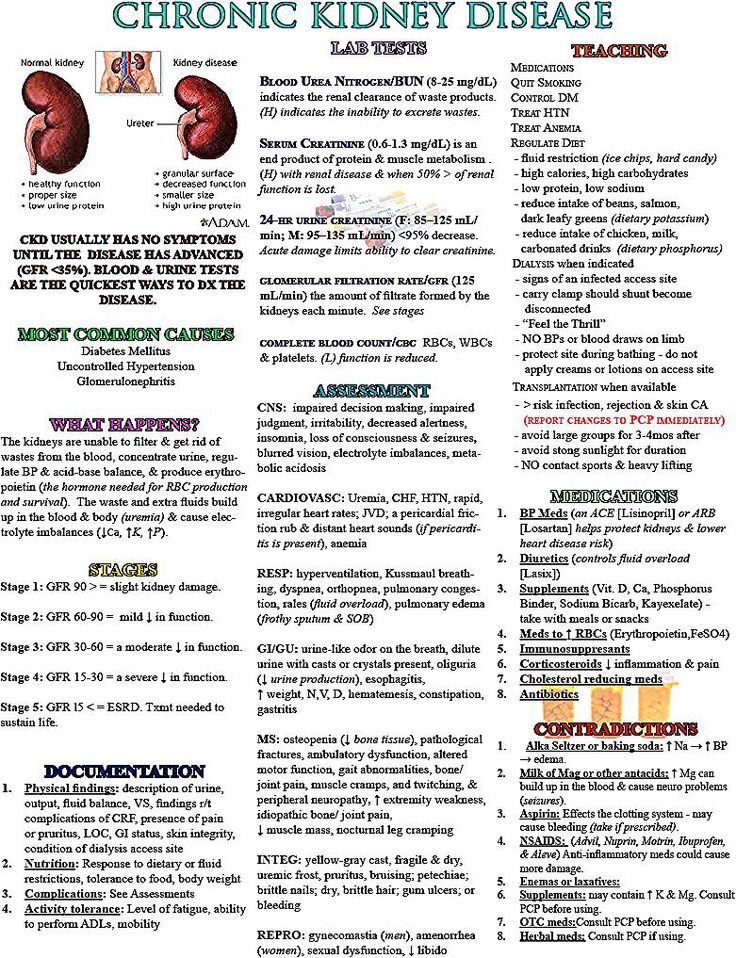
Traveling and Deep Vein Thrombosis
Long car trips and flights can put people – especially those predisposed to clots – at even greater risk of DVT.
A simple anatomy lesson may help you understand. Blood flows through the arteries with the force of the beating heart. But the return trip to the heart requires a more complicated system. A series of valves in the veins prevents blood from flowing backward and pooling, but the force needed to pump the blood comes from the muscles in the legs and arms. Any time the legs are immobilized for long periods of time, the risk of DVT increases.
There’s no proof that travel causes DVT. But anyone at risk for clots should be cautious when traveling for long periods of time. Drink plenty of fluids to stay hydrated. Take a break and walk around every hour or so. Also, flexing and pointing your feet works the calf muscles, which can help keep the blood flowing.
Deep Vein Thrombosis Treatment
DVT always requires immediate vascular treatment to prevent a piece of the clot from breaking loose and lodging in the lungs. Generally, treatment includes a series of injections of blood thinners, which stabilize the clot, followed by long-term use of a blood thinner taken orally to prevent further clots.
Generally, treatment includes a series of injections of blood thinners, which stabilize the clot, followed by long-term use of a blood thinner taken orally to prevent further clots.
Many patients are under the false impression that the blood thinner dissolves the clot. It does not. In most cases the clot slowly dissolves and reabsorbs and the patient recovers without complication. But in about a third of patients, the clot causes permanent damage to the vein and the patient develops a condition known as venous insufficiency.
When a vein is damaged, blood and other fluids may pool in the legs. Symptoms include swollen ankles, discolored skin, pain and in the most extreme cases skin ulcers about the ankles. Until recently, doctors prescribed elastic stockings to prevent venous insufficiency. The stockings help keep blood from pooling in the veins by keeping the veins collapsed. But patients dislike them. They are hard to put on, and, to put it bluntly, many patients find them so ugly they won’t wear them.
Recently, vascular surgeons have started more aggressive vascular treatment for blood clots. Wake Forest Baptist has been part of a national study funded by the National Institutes of Health that focuses on using clot–busting drugs to treat new DVT. A catheter is used to inject the drug directly into the clot, a procedure similar to the treatment for certain kinds of stroke. The study was designed to show whether vascular treatment with clot–busting drugs will prevent permanent damage to the veins.
In the meantime, know the risk factors and signs of DVT. Pain in a leg with swelling in the ankle in someone at risk requires immediate medical attention. And if you’re planning a long trip by car or plane, remember to get up and move around and drink plenty of fluids.
How to get rid of pain in the veins in the legs? Tips and Tricks
Contents
- 1 What causes leg vein pain and how to deal with it?
- 1.1 Why is it useful to know about leg vein pain?
- 1.
 2 Anatomy of leg veins
2 Anatomy of leg veins - 1.3 Why does leg vein pain occur?
- 1.3.1 Malfunctioning vein valves
- 1.3.2 Venous thrombosis
- 1.3.3 Inflammatory process around a vein
- 1.3.4 Damage to the veins
- 1.4 Risks and factors affecting leg vein pain
- 1.5 Symptoms of leg vein pain
- 1.6 Diagnosis of leg vein pain
- 1.6.1 Anamnesis
- 1.6.2 Physical examination
- 1.6.3 Instrumental methods
- 1.7 Modern methods of treating leg vein pain
- 1.7.1 Sclerotherapy
- 1.7.2 Endovascular laser coagulation
- 1.7.3 Compress ion therapy
- 1.8 What can be done at home for leg vein pain?
- 1.8.1 Topicals:
- 1.8.2 Exercise:
- 1.8.3 Proper nutrition:
- 1.9 Prevention of leg vein pain
- 9000 5 1.9.1 Maintaining a healthy lifestyle
- 1.9. 2 Avoiding prolonged sitting or standing
- 1.
 9.3 Use of compression garments
9.3 Use of compression garments - 1.9.4 Regular medical examinations
- 1.10 How can I relieve leg vein pain before I see a doctor?
- 1.11 What should be kept in mind when treating leg vein pain on your own?
- 1.12 Q&A:
- 1.12.0.1 What is leg vein pain and what causes it?
- 1.12.0.2 What measures should be taken if there is pain in a vein in the legs?
- 1.12.0.3 What are the symptoms of varicose veins?
- 1.12.0.4 Is it possible to get rid of pain in a vein in the legs without medication?
- 1.12.0.5 Can leg vein pain be a sign of thrombophlebitis?
- 1.12.0.6 What is sclerotherapy and how does it help in the treatment of varicose veins?
Find out why leg vein pain occurs, what are its symptoms and causes, as well as methods of treatment and prevention. Read our article and take care of your foot health.
Leg vein pain is a common problem that affects many people.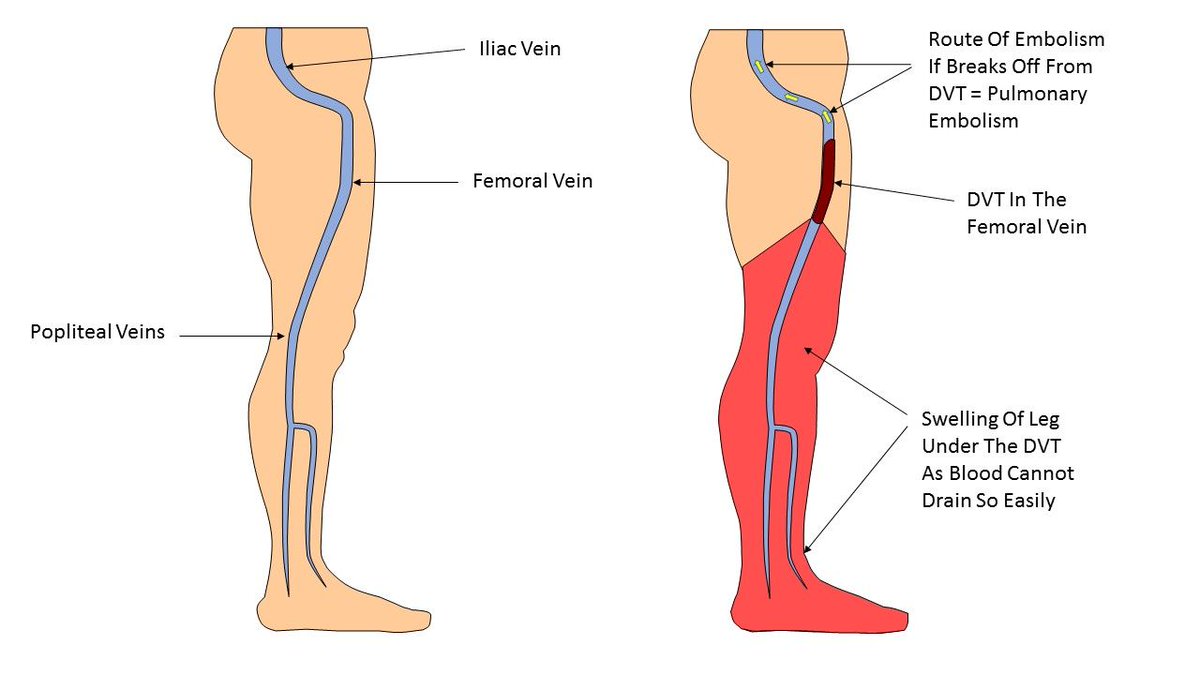 It can be caused by various reasons, such as circulatory disorders, varicose veins, thrombosis and other diseases.
It can be caused by various reasons, such as circulatory disorders, varicose veins, thrombosis and other diseases.
One of the main symptoms of pain in the veins in the legs is the appearance of pain, swelling, painful or unpleasant tingling in the legs. Various factors, such as metabolic disorders, heredity, sedentary lifestyle, and others, can aggravate symptoms and complicate treatment.
In this article we will consider the main causes of pain in the veins in the legs, describe the symptoms and signs of the disease, and also give recommendations for the treatment and prevention of this disease. Be attentive to your health and consult a doctor in a timely manner!
Why is it useful to know about leg vein pain?
Pain in the veins in the legs can be a symptom of various diseases. Therefore, knowledge and understanding of the causes of pain and timely access to doctors help prevent serious consequences of diseases and conduct effective treatment.
- The absence of pain in the veins in the legs does not mean the absence of problems : blood circulation and valves in the veins may be disturbed.
 Sometimes diseases go unnoticed, but leave complications in the future. Therefore, it is important to monitor the condition of the veins, especially if there is a predisposition to vein diseases.
Sometimes diseases go unnoticed, but leave complications in the future. Therefore, it is important to monitor the condition of the veins, especially if there is a predisposition to vein diseases. - Pain in the veins can interfere with quality of life : The person may have difficulty in daily life due to the inability to stand or sit for long periods of time. Such restrictions may appear as a result of normal fatigue or be a manifestation of a serious illness.
- Self-treatment can lead to serious consequences : many people try to get rid of pain through various means, but do not realize that this can aggravate the problem. For effective treatment, it is necessary to consult a qualified doctor and conduct a comprehensive examination.
It is important to remember that healthy veins are the key to healthy legs and a fulfilling life, and therefore you should not forget about your veins, monitor their condition and consult a doctor in time if you have pain and problems.
Leg vein anatomy
Leg veins consist of superficial and deep veins. Superficial veins are located under the skin and play an important role in transporting blood from small vessels to deep veins. Deep veins are located under the muscles and carry the main flow of blood from the legs to the heart. Deep veins form the venous system, where blood flows through stages from the foot to the thigh.
Medical records show that valvular disease is more common in women due to hormonal changes during pregnancy and menopause. Other risk factors are obesity, sedentary lifestyle, prolonged standing, heredity and age. A healthy lifestyle, regular exercise, and wearing proper legwear can help reduce the risk of vein disease and leg pain.
- Superficial veins: located under the skin and transport blood from small vessels to deep veins
- Deep veins: located under the muscles and carry the main flow of blood from the legs to the heart through the venous system
- Valves: located in the veins and help regulate the flow of blood, preventing backflow
- Risk factors: hormonal changes, obesity, sedentary lifestyle, prolonged standing, heredity and age
Why do leg vein pains occur?
Poorly functioning vein valves
One of the most common causes of leg vein pain is problems with the valves in the veins, which are located inside the veins and help blood move from the legs to the heart.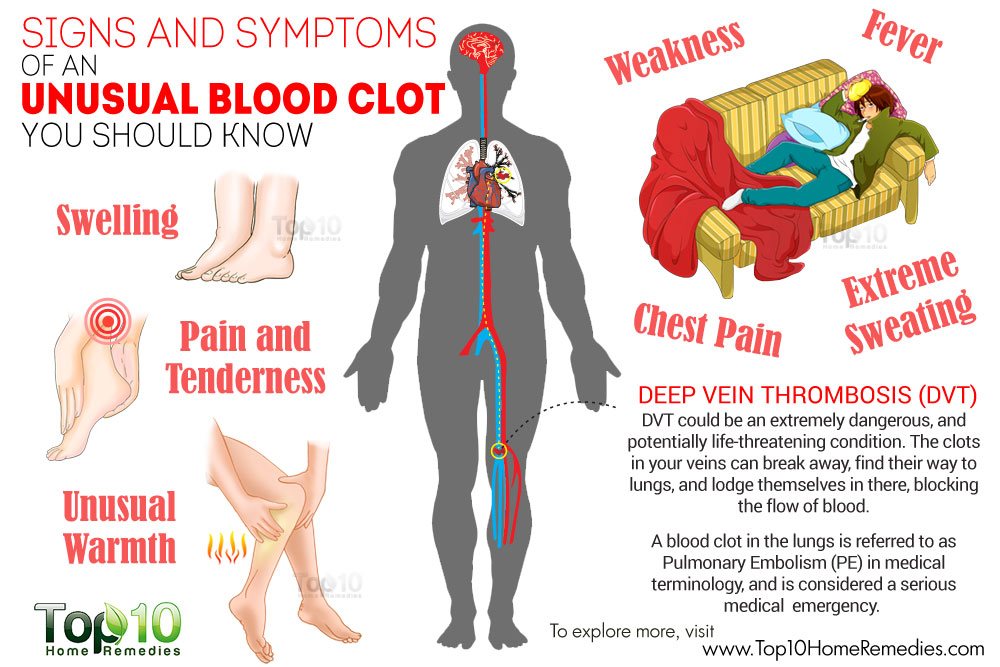 If the valves don’t work properly, blood can flow back down the legs and accumulate in the veins. This can cause painful dilation of the veins and pain in them in the legs.
If the valves don’t work properly, blood can flow back down the legs and accumulate in the veins. This can cause painful dilation of the veins and pain in them in the legs.
Venous thrombosis
Another common and serious cause of leg vein pain is venous thrombosis. Thrombosis is the formation of a blood clot in a vein. If a blood clot forms in the deep veins of the legs, it can lead to the formation of thrombophlebitis, a condition that is accompanied by painful varicose veins and inflammation. This dangerous problem can lead to severe leg vein pain, so it’s important to seek medical attention at the first sign.
Inflammatory process around a vein
You may also experience pain in a vein in your leg due to inflammation that occurs around the veins. If the vein is surrounded by tissue that is actually infected with bacteria, an inflammatory process may occur. This can lead to a painful swelling that can cause noticeable pain.
Damage to the veins
Another factor that can cause leg vein pain is physical damage to the vein, for example if it has been damaged by injury or surgery.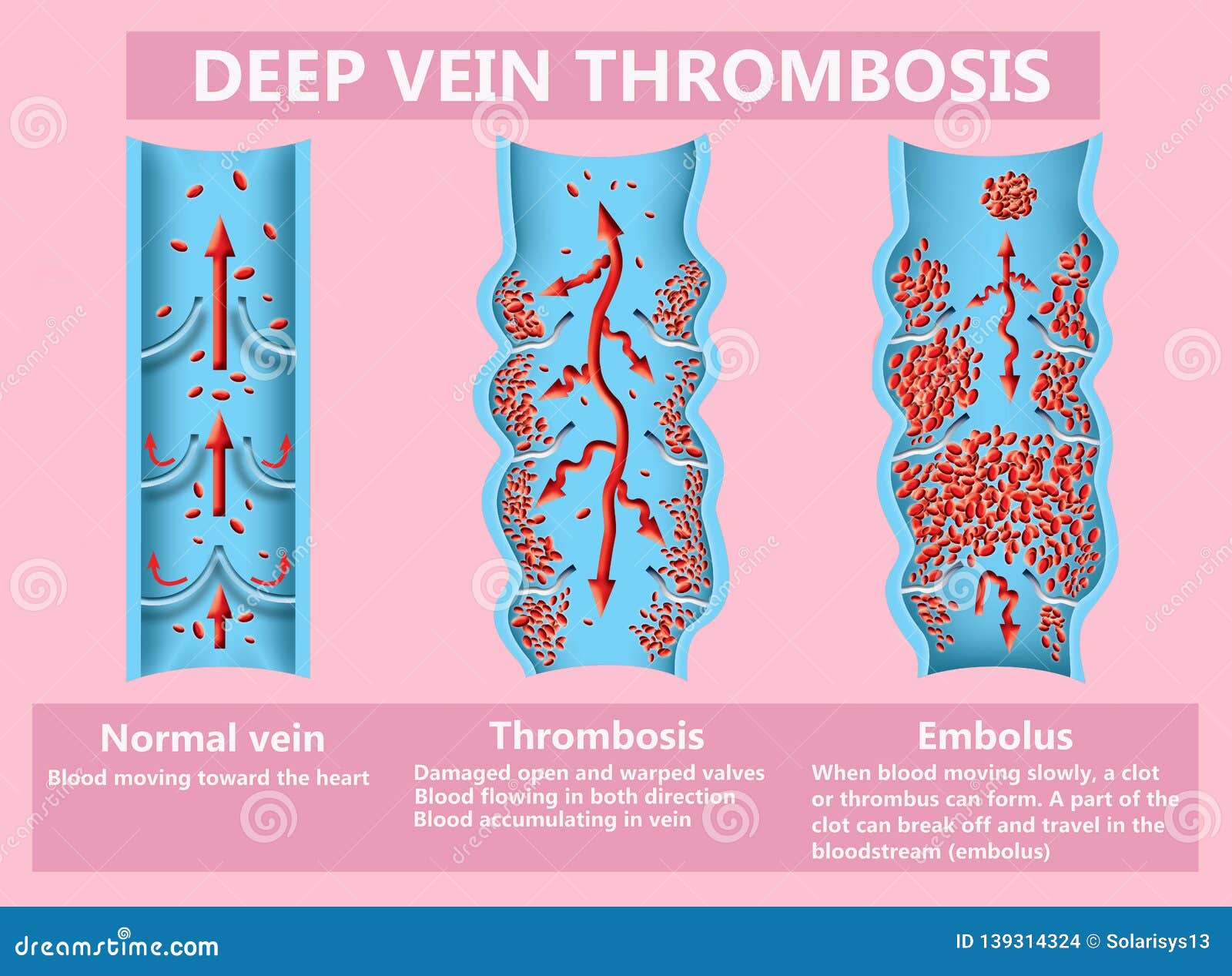 This damage can cause pain and inflammation in the area of the vein, which can make the person feel uncomfortable.
This damage can cause pain and inflammation in the area of the vein, which can make the person feel uncomfortable.
It should be noted that leg vein pain can be a symptom of a serious illness. A person should definitely consult a doctor and undergo the necessary treatment in case of such symptoms.
Risks and factors influencing the appearance of pain in the veins in the legs
Factors that significantly contribute to the occurrence of pain in the veins in the legs:
- Heredity. If close relatives suffered from varicose veins, then the likelihood of its occurrence increases.
- Wrong diet. Too fatty and sugary foods can lead to circulatory disorders and deterioration of the vascular condition.
- Sedentary lifestyle. With a long stay in one position, there is a violation of blood flow, which adversely affects the work of the veins.
- Past illnesses. Past diseases, especially for a long time, can leave a negative mark in the form of circulatory disorders.

The main risks that can lead to pain in the veins in the legs:
- Predisposition to varicose veins.
- Pregnancy. During pregnancy, venous blood flow can be severely disturbed, especially in the third trimester.
- Obesity. Excess body weight negatively affects the work of the veins and blood circulation.
- Aging. Over time, the veins lose their elasticity, which leads to impaired circulation and pain in the legs.
All of these factors and risks must be considered if you are concerned about leg vein pain. At the first symptoms, it is recommended to consult a phlebologist to determine the causes of the pain syndrome and prescribe complex treatment.
Symptoms of pain in the veins in the legs
Swelling of the legs – one of the first symptoms of pain in the veins in the legs is swelling – swelling of the legs. Strengthening the veins and muscles is necessary for the control of the legs on the vine.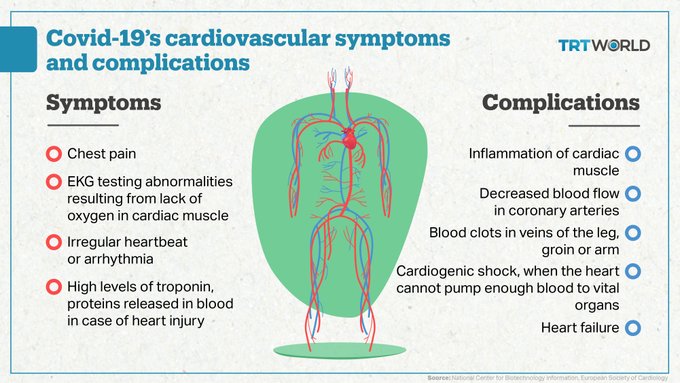
Pain and discomfort is another common symptom. But pain and discomfort in the legs, especially after you have spent a lot of time on your feet, may indicate problems in your blood circulation and the state of your blood vessels and muscles.
Blood in a vein – the skin on your legs may appear pale, and the pallor may change to excessive beauty or even purple when the blood is in the veins.
Cracks in the skin – vein problems can lead to friendly weight gain, which can lead to dermatitis on the skin. It becomes hard and sometimes itchy.
Leg cramps – Some people may also experience leg cramps or muscle pain, which may be due to problems with circulation to the legs.
Bruises – no visible injury, like an infectious disease, should cause bruising of the legs.
Diagnosis of pain in the veins in the legs
History
When visiting a doctor, the first step in the diagnosis of pain in the veins in the legs is to take an anamnesis. The doctor asks the patient about the presence of symptoms, such as swelling, enlarged veins, changes in skin color, as well as possible causes that may lead to the development of the disease. The history helps the doctor determine the most likely causes of the disease and choose the most effective diagnostic methods.
The doctor asks the patient about the presence of symptoms, such as swelling, enlarged veins, changes in skin color, as well as possible causes that may lead to the development of the disease. The history helps the doctor determine the most likely causes of the disease and choose the most effective diagnostic methods.
Physical examination
The physical examination is the second step in the diagnosis of leg vein pain. The doctor examines the patient’s legs and evaluates the condition of the veins and skin, the presence of edema and pain points, and also palpates to exclude deep venous thrombosis. The examination also allows the doctor to determine the severity of the disease and choose the most appropriate diagnostic methods.
Instrumentation
Instrumentation, such as an ultrasound scanner, can help the clinician assess the condition of the veins and determine the presence and extent of vein damage. In addition, additional studies, such as phlebography and magnetic resonance venography, may be carried out for a more accurate diagnosis and selection of the most effective treatment.
- Ultrasound scanner – allows you to evaluate the diameter of the veins, the speed of blood flow, the presence and degree of stenosis and / or obstruction of blood flow.
- Phlebography is an x-ray phlebography procedure that allows you to determine the presence and location of a blood clot in the veins.
- Magnetic resonance venography – an magnetic resonance imaging procedure that provides a more detailed and accurate picture of the veins and detects the presence of blood clots.
Depending on the diagnostic results, you can choose the best treatment option and drugs for the development of further therapy.
Modern methods of treating leg vein pain
Sclerotherapy
Sclerotherapy is a procedure in which a vein balloon is filled with a special sclerosant solution. After the introduction of the solution, the walls of the vein “stick together” and the vein gradually disappears. It is one of the most effective treatments for varicose veins and leg vein pain. The procedure is painless and does not require anesthesia.
The procedure is painless and does not require anesthesia.
Endovascular laser photocoagulation
Endovascular Laser is a procedure in which a laser is applied to an injured vein, causing it to close and stop bleeding from the vein. The procedure is performed under local anesthesia and avoids surgery.
Compression Therapy
Compression Therapy is a method of treating pain in the veins in the legs, based on the use of special elastic products (compression stockings or stockings) that create constant pressure on the veins and improve blood circulation. The procedure improves blood circulation, reduces swelling and pain.
- Sclerotherapy
- Endovascular Laser Coagulation
- Compression Therapy
Modern methods of treating leg vein pain avoid surgery and long-term treatment, providing high efficiency and fast recovery. A consultation with a phlebologist will determine the best method of treatment in each case.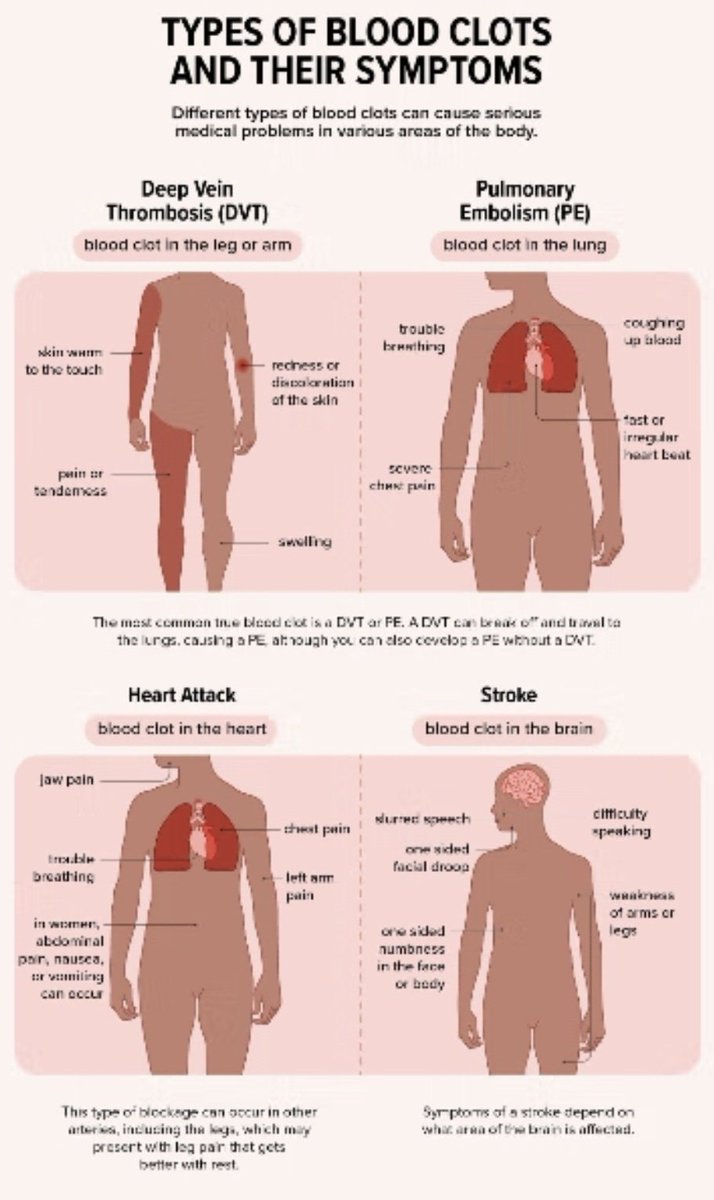
What can be done at home for leg vein pain?
Topicals:
There are many creams and gels that can help with leg vein pain. They may contain various active substances such as troxerutin, heparin, menthol and others. In addition, some of these remedies may have a cooling or warming effect, which also reduces pain.
Important to know! Before using any product, you should consult your doctor, especially if you already have a diagnosed venous disease.
Exercise:
Exercise to improve blood flow and strengthen veins can help with vein pain. These include leg exercises such as walking, running, swimming, aerobics. It is also recommended to regularly massage the legs, which helps to open and improve blood circulation.
Important to know! Before starting sports or any other physical exercise, you should consult your doctor to make sure they are safe for your health.
Proper nutrition:
Proper nutrition and constant drinking of sufficient amounts of water help reduce the risk of pain in the veins in the legs.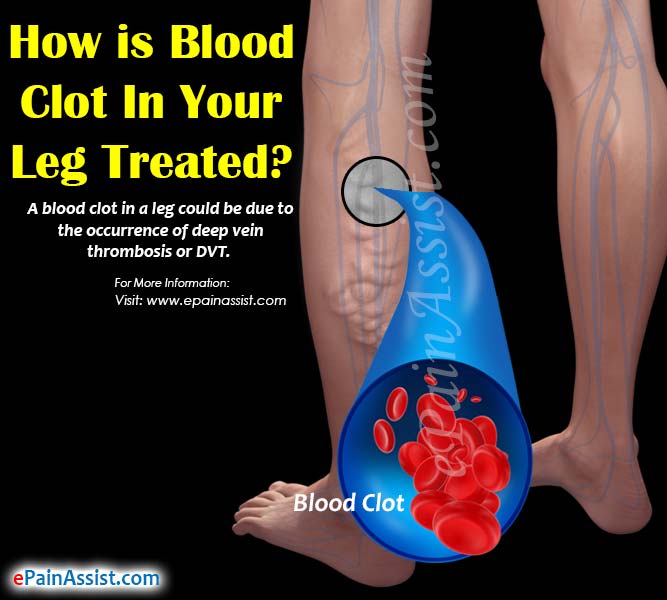 It is recommended to include fresh vegetables and fruits, low-fat dairy products, fish and nuts in the diet. It is also necessary to limit the intake of salt, sugar and fats.
It is recommended to include fresh vegetables and fruits, low-fat dairy products, fish and nuts in the diet. It is also necessary to limit the intake of salt, sugar and fats.
Important to know! Diet is not a panacea and cannot replace treatment, the doctor should always prescribe complex therapy.
Prevention of pain in the veins of the legs
Maintaining a healthy lifestyle
Preventing leg vein pain starts with maintaining a healthy lifestyle. It is important to control your weight, eat healthy and avoid smoking. Regular exercise and physical activity also help improve circulation and reduce the risk of developing leg vein pain.
Avoiding prolonged sitting or standing
Sitting or standing for a long time can increase pressure in the veins in the legs and cause pain. Take regular breaks to move around or do leg exercises. For long flights or trips, purchase compression stockings to support blood flow.
Using compression stockings
Compression socks or stockings can help improve blood flow and reduce pressure in the veins in your legs. They are usually needed for people who stand or sit for a long time at work, or for those who have a family history of venous insufficiency.
They are usually needed for people who stand or sit for a long time at work, or for those who have a family history of venous insufficiency.
Regular medical examinations
Regular visits to a specialist can help detect early signs of vein disease. If you have a family history of venous insufficiency or experience pain in the veins in your legs, it is important to see your doctor periodically.
- Conclusion:
- Prevention of leg vein pain includes regular exercise and maintaining a healthy lifestyle, weight control and avoiding prolonged sitting or standing. The use of compression garments and regular examinations can help detect early signs of venous insufficiency and prevent the development of leg vein pain.
How can I relieve leg vein pain before I see a doctor?
Pain in the veins in the legs can occur for various reasons, but if you experience discomfort and cannot see a doctor soon, there are several ways to relieve pain.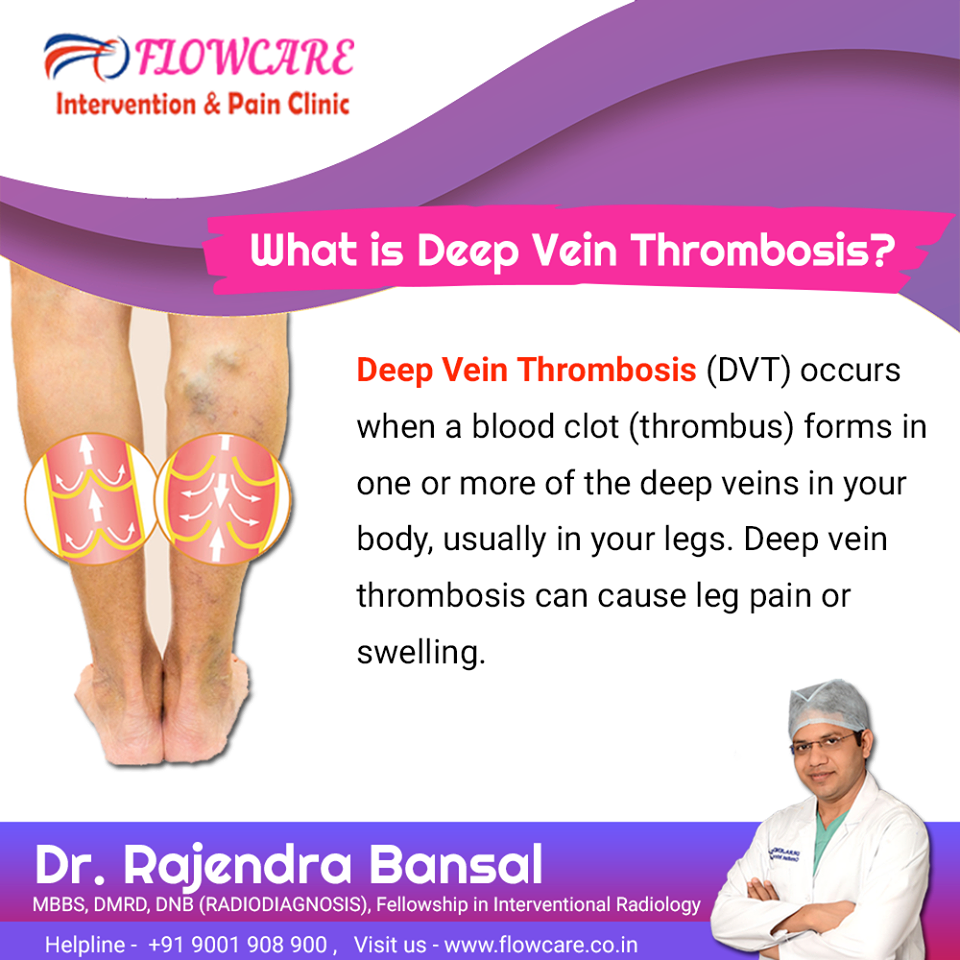
1. Use cold compresses. Apply a cold compress to the affected area, such as an ice pack wrapped in a soft cloth. This will help relieve swelling and reduce pain.
2. Massage the affected area. Gentle massage movements will help improve blood circulation and reduce pain in the veins in the legs.
3. Avoid prolonged stress on the legs. If your job involves prolonged parking or sitting, try to do a 5-10 minute warm-up every hour and put your feet above heart level.
4. Apply local anesthetic. If the pain in the veins in the legs is severe, you can use a local anesthetic, which will remove the discomfort until the doctor arrives. Products based on lidocaine or benzocaine can cope with this task.
5. Optimize your lifestyle . Quitting smoking, weight control, and proper nutrition will reduce the risk of circulatory problems and pain in the veins in the legs.
If leg vein pain gets worse or doesn’t go away after a few days, see a doctor right away. Self-medication can lead to undesirable consequences.
What should be kept in mind when self-treating leg vein pain?
Pain in the veins of the legs can be associated with various causes, from venous insufficiency to thrombophlebitis. At the first symptoms, you should consult a doctor who will prescribe additional studies and determine further treatment.
If the pain is not severe and there are signs of tired legs, muscle spasms or itching, self-treatment can be applied, following these recommendations:
- Physical exercise. Try to reduce the time spent sitting or standing. Do a variety of leg exercises regularly to help improve circulation.
- Therapeutic underwear. Wear compression stockings or stockings to improve circulation in your legs.
- Massage. Gently massage your feet to help relieve tension and improve circulation.

- Lifestyle change. Reduce your alcohol and nicotine intake, watch your weight and diet.
Do not forget that self-treatment cannot be a panacea for all diseases. If necessary, always consult a phlebologist and follow his recommendations.
Q&A:
What is leg vein pain and what causes it?
Pain in a vein in the legs can be caused by various reasons: circulatory disorders, varicose veins, thrombosis, etc. They manifest themselves as painful sensations that often occur after a long walk.
What measures should be taken if there is pain in a vein in the legs?
First of all, you need to see a doctor who can determine the cause of the pain and prescribe the appropriate treatment. In addition, you must follow the rules of a healthy lifestyle, control your weight, avoid long sitting and standing in one position.
What are the symptoms of varicose veins?
Varicose veins are accompanied by symptoms such as swelling of the legs, morning stiffness, increased leg fatigue, bruising and itching, dilated saphenous veins, pain and heaviness in the legs.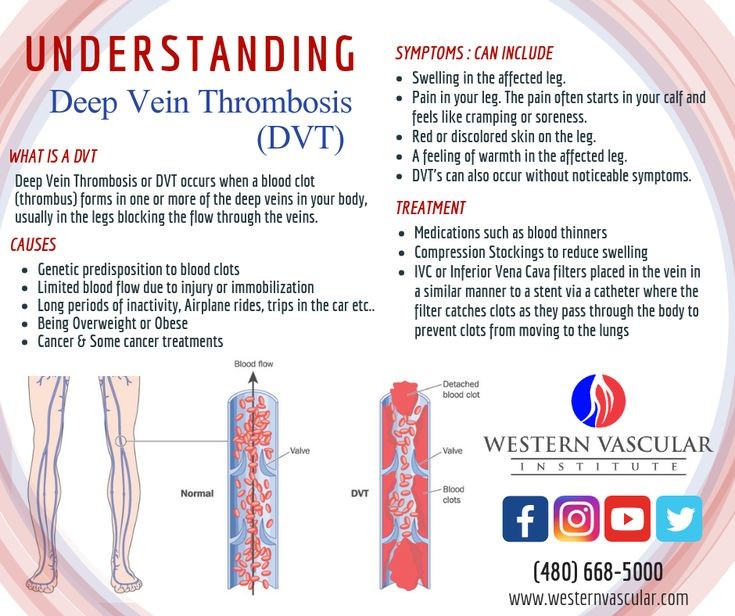
Is it possible to get rid of pain in a vein in the legs without medication?
Yes, there are many non-traditional therapies that can help relieve leg vein pain without the use of drugs. For example, it can be folk remedies, exercise or diet.
Can pain in a vein in the legs be a sign of thrombophlebitis?
Yes, leg vein pain can be a symptom of thrombophlebitis, a disease in which a blood clot forms inside a vein. Other symptoms of this disease are: swelling, hyperthermia and redness of the skin in the area of inflammation.
What is sclerotherapy and how does it help in the treatment of varicose veins?
Sclerotherapy is one of the methods of treating varicose veins, in which a special drug is injected into an enlarged vein – a sclerosant, which “glues” the walls of the vein. This leads to the cessation of blood flow in the vein and its subsequent resorption. The number of sclerotherapy sessions in each case is determined by the doctor.
Thrombus detachment: causes, symptoms and consequences. Why death occurs from a blood clot – December 20, 2019
All news
“Well, you get money for this”: how students threaten to sue teachers – a column of an outraged teacher
6 more residential buildings are going to be demolished in Samara: addresses
FSB closed the case against Prigozhin about armed rebellion
A new holiday will be celebrated in the Samara region
Sap-surfer was carried to the Zhiguli Sea
Samarans will be fined for walking dogs without muzzles
Prigozhin’s rebellion was extinguished: what will happen to the dollar and prices — economists’ forecasts
River monster: Samarans caught a giant pike in the Volga 9 0003
It became known who died in an accident with a minivan in the Samara region
A lion cub was brought to Samara. His name is Altai
A mess of cars: there are photos of an accident with 6 dead near Samara
Samara power engineers presented vacancies at the All-Russian Job Fair
Public events have been restricted in the Samara region
A law on PMCs is being prepared in Russia.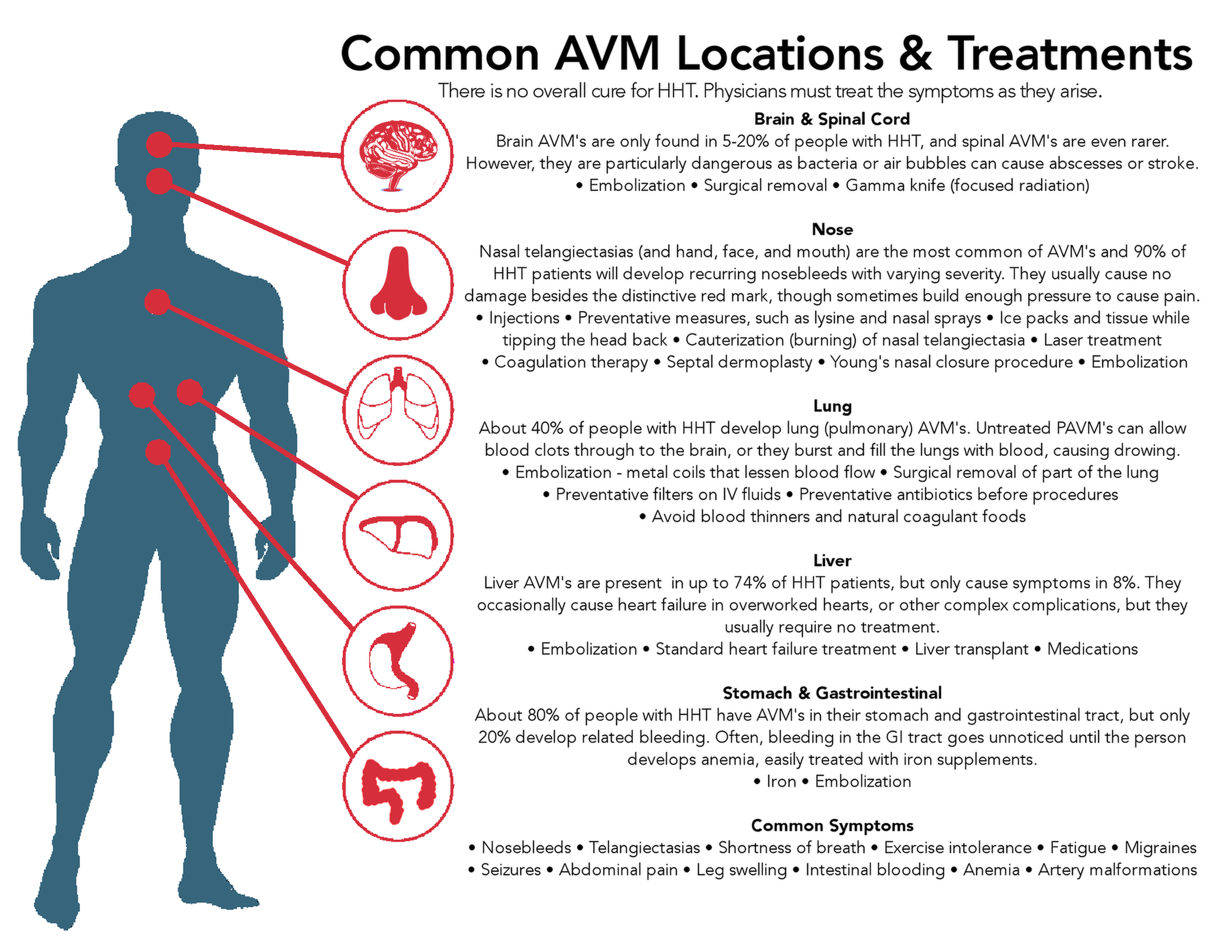 Why it was not accepted earlier and what the deputies came up with now
Why it was not accepted earlier and what the deputies came up with now
The authorities were going to double pensions (but not for everyone)
Foreigners died: the Samara traffic police named the cause of the accident with 6 dead
Iskra will flare up from Grant. AVTOVAZ spoke in detail about the new budget model
Six people died in an accident in the Samara region
A new prosecutor appeared in Samara
At Fizkulturnaya, a flayer cracked a dog’s skull and threw the bloodied animal into the trash heap
Flying south: direct flights from Samara to resorts and to the sea in one picture
Sleepless at Dawn: how the Wagnerians fired on the road to Rostov
“Attempts cause confusion were doomed to failure”: complete speech of Putin’s special address
Putin will deliver an address. The Kremlin announced a number of important statements0003
In the Samara region, at a meeting of the operational headquarters, issues of protecting public order were discussed
PMCs will no longer be able to recruit criminals: news from the NVO for June 26 from the site of a terrible accident with a truck and a foreign car on M-5
Dangerous playgrounds found in Samara: addresses
Check how you remember Soviet cinema: a test for the most attentive
The Ministry of Emergency Situations named all the official beaches in the Samara region
“I fell asleep as a producer, woke up as a commander. ” How Iosif Prigozhin became a folk hero of an armed rebellion
” How Iosif Prigozhin became a folk hero of an armed rebellion
“They said he was ugly and called him Dobby”: a happy story about how naked puppies found in an earthen pit found owners
A poacher shot a roe deer in the Samara region
“ I get up, and everything is in my blood ”: a young mother complained of deep wounds after body shaping – she was told that jeans were to blame0003
The mayor’s office of Samara commented on the incident with a tree that fell on the house
All news 0003
“Clot broke off” – this is one of the most mysterious causes of death that a person hears about. As a rule, this is how sudden and sudden death is explained. How do blood clots (blood clots that can be up to several centimeters in size) appear? Why are they coming off? How to protect yourself from this? We talked about this with Dmitry Kopaev, a cardiologist at the Seredavin Regional Hospital.
Dmitry Kopaev was born in 1989 in Tolyatti. Graduated from SamGMU. Since January 2014, he has been working as a cardiologist in the specialized department of the Seredavin Regional Hospital
Since January 2014, he has been working as a cardiologist in the specialized department of the Seredavin Regional Hospital
Photo: Alexey Noginsky
be damage to the inner shell for some reason) and slowing down blood flow.
When people say “a blood clot has broken off”, it is most often referred to as pulmonary embolism (PE). The lumen of a large vessel is clogged with one or more blood clots, and this causes disturbances in the entire cardiovascular and respiratory systems. PE can be a complication of venous thrombosis and thrombophlebitis. But not every detached blood clot and not every PE leads to death. Let’s take a closer look.
– Dmitry Evgenievich, what are the main causes of blood clots?
— There is a hereditary predisposition, and there are secondary causes associated with several factors. One of them is over 45 years old. For example, the risk of thromboembolism occurs in women over 40–45 years of age when taking oral contraceptives.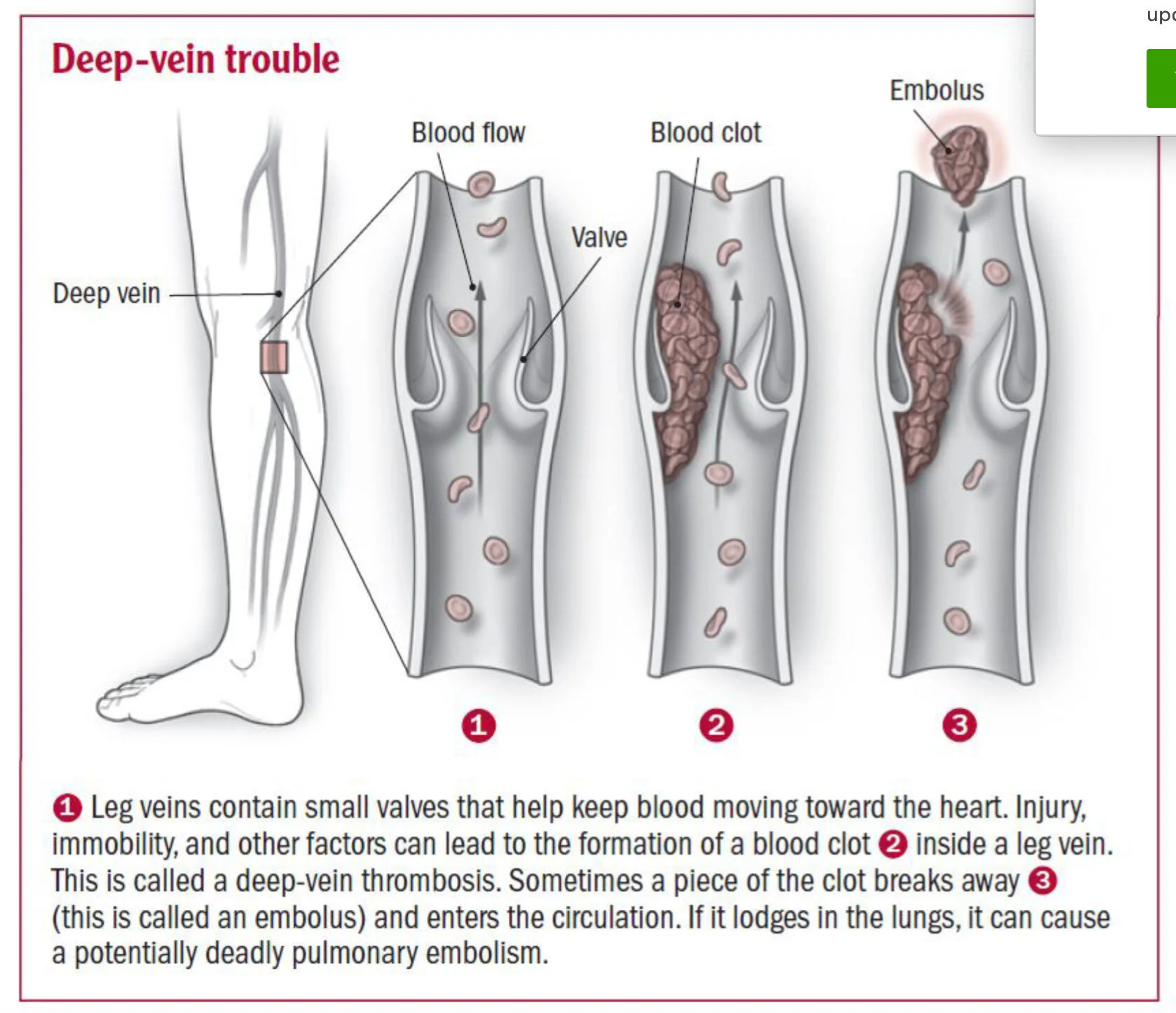 They should be used only when absolutely necessary after consultation with a gynecologist. Moreover, if a woman once had vein thrombosis, for example, then these drugs are contraindicated, since the risk of PE in this case is extremely high. Also on the list are overweight, psycho-emotional stress, low and excessive physical activity, nervous overload.
They should be used only when absolutely necessary after consultation with a gynecologist. Moreover, if a woman once had vein thrombosis, for example, then these drugs are contraindicated, since the risk of PE in this case is extremely high. Also on the list are overweight, psycho-emotional stress, low and excessive physical activity, nervous overload.
Truckers who spend a huge number of hours behind the wheel of trucks are also at risk
Photo: Roman Danilkin
Share
— Which thrombosis (the process of forming blood clots in the circulatory system) is more dangerous?
– The most dangerous are pulmonary embolism and coronary thrombosis, which leads to myocardial infarction. Chronic diseases are also aggravating circumstances. Thrombosis of the artery of the brain is also dangerous, this is already a stroke clinic. Myocardial infarction, as a rule, is not asymptomatic, this condition is preceded by pressing pain behind the sternum, aggravated by exercise. Pain when pressing a finger, when turning – not cardiac.
Pain when pressing a finger, when turning – not cardiac.
In general, all thromboses are dangerous. At any moment, a floating (moving) blood clot in a vein in the leg can also appear. This is a very dangerous condition. If such a blood clot is seen in a patient during a planned ultrasound of the vessels of the lower extremities, then he is urgently hospitalized.
– In all cases, a detached blood clot leads to death?
– Not all. But if a blood clot breaks off, it will definitely find a place for itself. Pulmonary thromboembolism is perhaps one of the most dangerous cases. There are several symptoms of this condition. Against the background of complete health, shortness of breath occurs, the body cannot bear physical exertion, the heart rate rises, pressure decreases, the upper body begins to turn blue. In all these conditions, you should immediately call an ambulance.
Such a defibrillator is used by cardiologists to “start” the heart of their patients
org/Person”> Photo: Alexey NoginskyShare
There are lightning-fast forms of pulmonary thromboembolism – everything develops in a few seconds. A large clot clogs the pulmonary artery, and the heart stops instantly. And it is impossible to predict such thromboembolism. The only case when the situation can be predicted is a floating thrombus in the vein of the lower extremities detected in time and the therapy carried out, because sooner or later it will be brought to the lungs through the circulatory system. But such a blood clot may not manifest itself in any way, and a person may live and not even suspect that he has it.
There are also more benign cases. If the thrombus is not very large, and the vessel is not completely clogged, then the person has a chance to wait for an ambulance. In the hospital, the patient will have an ultrasound of the lower extremities. If a person has low blood pressure, but his condition is stable, then he is also given a CT scan of the chest organs with the introduction of iodine-containing contrast.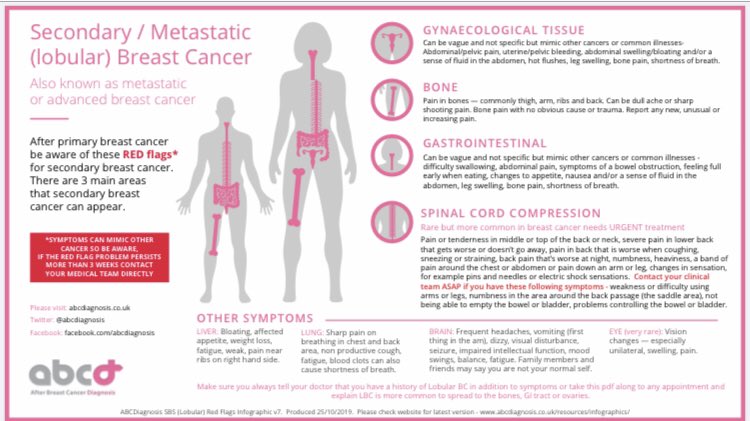 If the diagnosis is confirmed, then doctors decide on the issue of therapy – to administer a drug that destroys blood clots, or a drug that prevents them from forming. Or they will surgically remove the clot and insert a stent in this place, which maintains the width of the vessel.
If the diagnosis is confirmed, then doctors decide on the issue of therapy – to administer a drug that destroys blood clots, or a drug that prevents them from forming. Or they will surgically remove the clot and insert a stent in this place, which maintains the width of the vessel.
Stent is a special elastic metal or plastic structure made in the form of a cylindrical frame, which is placed in the lumen of hollow organs and provides expansion of the area narrowed by the pathological process. The stent provides the patency of physiological fluids by expanding the lumen of a hollow organ (artery, esophagus, intestines, bile ducts and ureter).
– Is it possible to find out in advance about your predisposition to thrombosis?
— If one of the relatives already had thrombosis, then you need to be thoroughly examined already at the age of 20. Usually in this case, very high cholesterol, even at an early age. If there is no such predisposition, then you need to pay attention to the indicators of platelets and hematocrit in the general blood test. If they are above the norm by 10-15 units, then it’s okay. If we are talking about a constant excess of the norm by 50-100 or more units, then you need to be examined. If necessary, doctors will prescribe him drugs to thin the blood.
If they are above the norm by 10-15 units, then it’s okay. If we are talking about a constant excess of the norm by 50-100 or more units, then you need to be examined. If necessary, doctors will prescribe him drugs to thin the blood.
Possible thrombosis can also be detected during a general blood test
Photo: Roman Danilkin
Share
— How to protect yourself from thrombosis?
— It is impossible to completely protect yourself and prevent thrombosis, you can only reduce the likelihood of its occurrence. Give up smoking, lead a healthy lifestyle, maintain physical activity (it is not necessary to go to the gym, it is enough to walk at least 10 thousand steps a day). It is also necessary to exclude animal fats and sausages from the diet in excess and supplement it with substances such as omega-3 (found only in red fish) and omega-6. I draw your attention to the fact that you should not practice taking any drugs prescribed to yourself “for prevention”.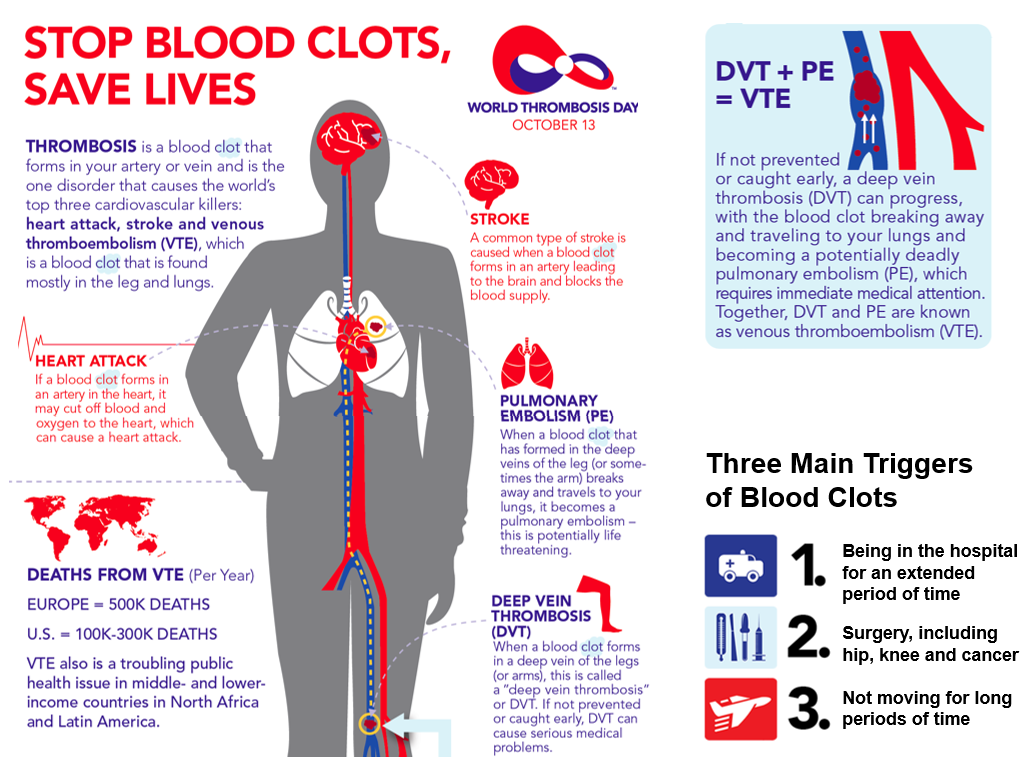 The risk of side effects may be greater than the expected benefit. You also need to consume a sufficient amount of liquid (liquid in soups, teas, etc. is also subject to accounting): 1.5–2 liters per day in winter. In the summer – up to 2-2.5 liters. With profuse sweating, the amount of fluid may be more.
The risk of side effects may be greater than the expected benefit. You also need to consume a sufficient amount of liquid (liquid in soups, teas, etc. is also subject to accounting): 1.5–2 liters per day in winter. In the summer – up to 2-2.5 liters. With profuse sweating, the amount of fluid may be more.
— After a blood clot broke off and the doctors saved him, is he included in the so-called risk group? Are relapses inevitable?
— These patients are at higher risk of developing blood clots than those who have never had a thromboembolism. After the first case, they regularly undergo examinations – ultrasound and computed tomography. Cancer patients are also taken under special control. Thromboembolism occurs quite often in them. And they are prescribed for life taking drugs that block the formation of blood clots.
– Can thrombosis be the result of neglected varicose veins?
– These two states are not related. Thrombosis can occur in the presence of varicose veins, and in its absence.

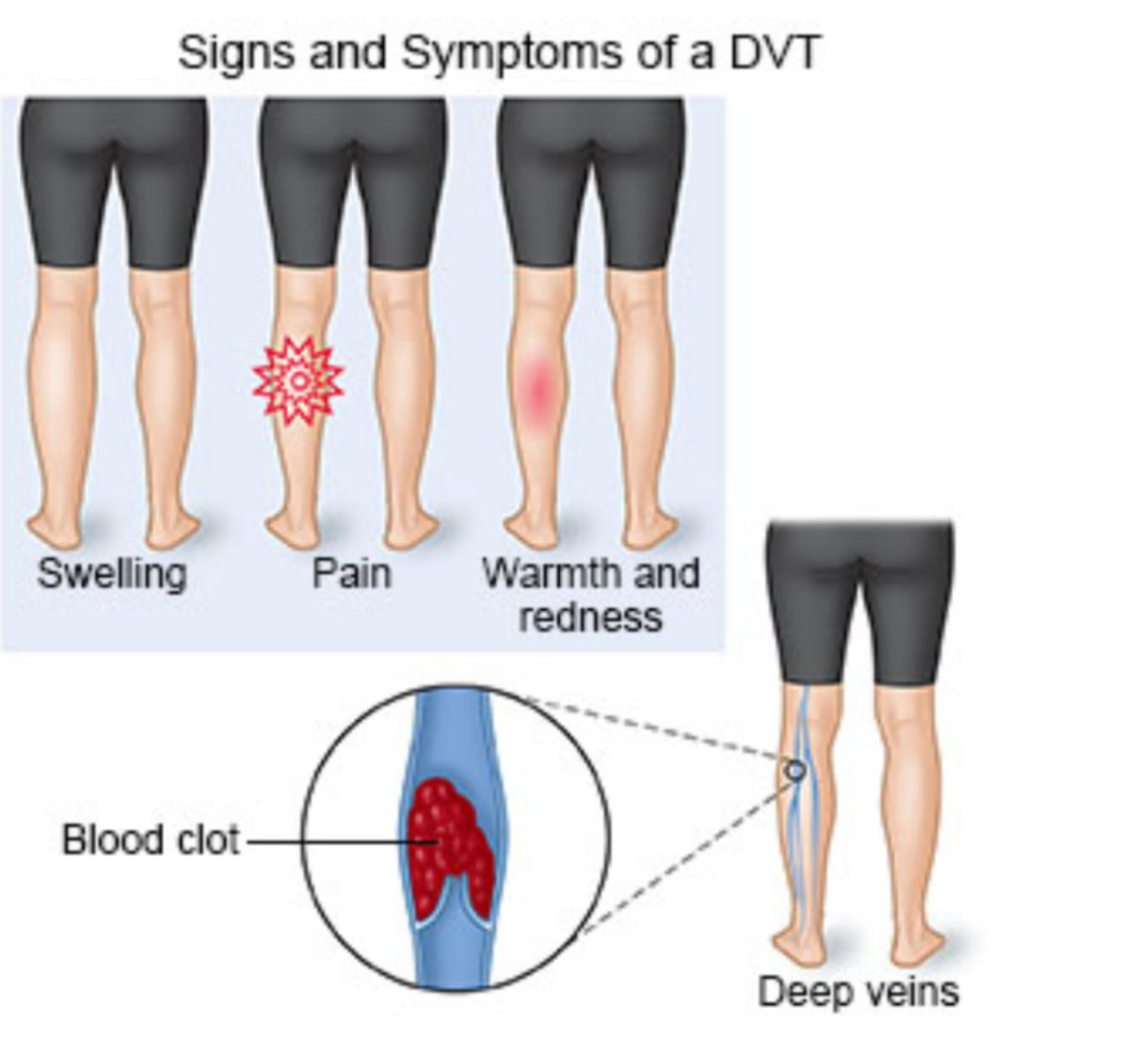 The venous sinuses are responsible for draining blood from the brain, so a clot can keep blood from draining adequately and lead to a stroke.
The venous sinuses are responsible for draining blood from the brain, so a clot can keep blood from draining adequately and lead to a stroke. 2 Anatomy of leg veins
2 Anatomy of leg veins 9.3 Use of compression garments
9.3 Use of compression garments Sometimes diseases go unnoticed, but leave complications in the future. Therefore, it is important to monitor the condition of the veins, especially if there is a predisposition to vein diseases.
Sometimes diseases go unnoticed, but leave complications in the future. Therefore, it is important to monitor the condition of the veins, especially if there is a predisposition to vein diseases.
